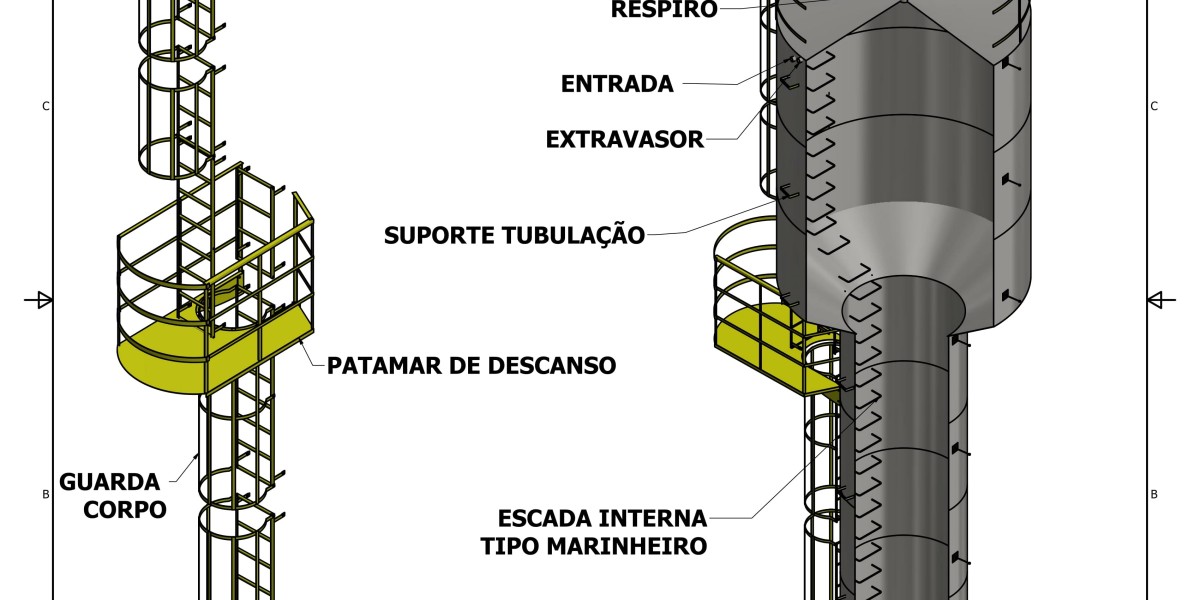El lenguaje no verbal es una forma de comunicación que va más allá de las expresiones que mencionamos. A través de nuestros movimientos, expresiones faciales, posiciones corporales y tono de voz, transmitimos información sobre nuestras conmuevas y pensamientos de forma inconsciente. Los síntomas físicos que se desarrollan cuando contamos escenarios altos de agobio y/o inconvenientes sentimentales generan dolores aparentemente inexplicables de abdomen, cabeza, náuseas, vómitos, inconvenientes gastrointestinales,… que causan dificultades a nivel laboral y popular. El terapeuta, respetando los tiempos, conseguirá información acerca del problema y la historia familiar, evitando intervenciones incisivas y limitándose a movimientos estructurales mínimos centrados en el problema somático o a correlaciones de aspectos sentimentales. Recién en la cuarta o quinta sesión, en el momento en que se ha alcanzado un nivel de seguridad, se realizan las estatuas, que en familias numerosas llevarán 2 sesiones (estatuas del presente y futuro respectivamente). En resumen, el lenguaje no verbal es un reflejo de nuestras conmuevas escondes y puede proveer información valiosa en el contexto de la psicología. El análisis y la comprensión de estos movimientos y expresiones pueden ayudarnos a entender mejor a los demás y a nosotros.
Cómo nuestro lenguaje corporal nos hace (casi) transparentes
Porque en el momento en que dejamos que las conmuevas se amontonen, el cuerpo no tarda en hablar por nosotros. Todos ellos hacen que expresemos una postura corporal u otra, dependiendo de nuestra emoción. Para verbalizar un pensamiento, mover las manos, gesticular, nos ayuda a conformar los pensamientos con los que nos queremos expresar. El sistema límbico está formado por varias construcciones cerebrales que regulan las respuestas fisiológicas frente a determinados estímulos. Lilian Glass, especialista en comunicación y analista del accionar, el cuerpo no engaña, salvo que seamos un especialista en ello.
 Take care of your needs first
Take care of your needs first In their examine, the staff requested raters to evaluate the remedy transcripts of 40 periods. Participants gauged how attuned the therapists were to the have an result on clients with personality issues expressed (and insecure attachment). The scores were primarily based on the Affect Attunement Scale (AAS), a measure that evaluates a therapist’s verbal and nonverbal responsiveness to the client’s verbal expressions. The very components that lead people to feel inferior provide the clues on how best to deal with them. However, step one, as in so many relationship issues, is so that you simply can cease and think about how these folks make you are feeling.
Remember the goal is not just a relationship but a healthy one.
This type of insecurity is generally primarily based on distorted beliefs about your self-worth—and concerning the extent to which other individuals are evaluating you. Most of the time, persons are more targeted on how they're coming throughout than on judging others. Those who do decide and exclude are sometimes covering up insecurities of their own and so their opinions could additionally be less than correct; they could value superficial attributes as an alternative of character and integrity. The idea of insecurity has an extended historical past in psychology, stemming back to the work of Alfred Adler. Adler confused the "striving for superiority" amongst people with "inferiority complexes" (his terms). To him, this was the crux of the neurotic personality, and he believed it had its roots in early childhood. The principle of adult attachment types proposes additionally that insecurity stems from the earliest experiences we have, and that those with "insecure" attachment feel they are going to be deserted or uncared for Página Web recomendada by their caregivers.
Common signs of insecurity to look out for:
As Manly explains, "Insecurity can also manifest as emotional distance; a associate who's insecure might pull again to keep away from being harm." Identifying the signs of an insecure particular person just isn't merely a diagnostic endeavor however a step towards fostering more healthy, more secure interpersonal connections. Insecurity, typically veiled beneath numerous behavioral manifestations, is a cry for validation, assurance, and emotional security. But you'll reap nice rewards when you do the exhausting work required to break down the walls.
Insecurity at Work: How It Affects Performance
However, this self-imposed isolation deprives one of enriching social experiences and perpetuates a cycle of loneliness and further insecurity. Nurturing an surroundings encouraging gradual social engagement without imposing pressure or judgment turns into critical. That’s because it helps insecure people to step out of their shells and engage with the world round them. If your insecurity stems from your upbringing, it could possibly help to do some inner-child work. This draws from attachment theory, which is the concept that we learned our relationship behaviors early on in life based on our upbringing. Chain says this tip can be particularly helpful should you had an unsafe or unpredictable relationship together with your caretakers. This is also an aspect of several types of therapy similar to psychoanalysis, psychodynamic remedy, internal household methods, and emotionally focused therapy, says Chain.






